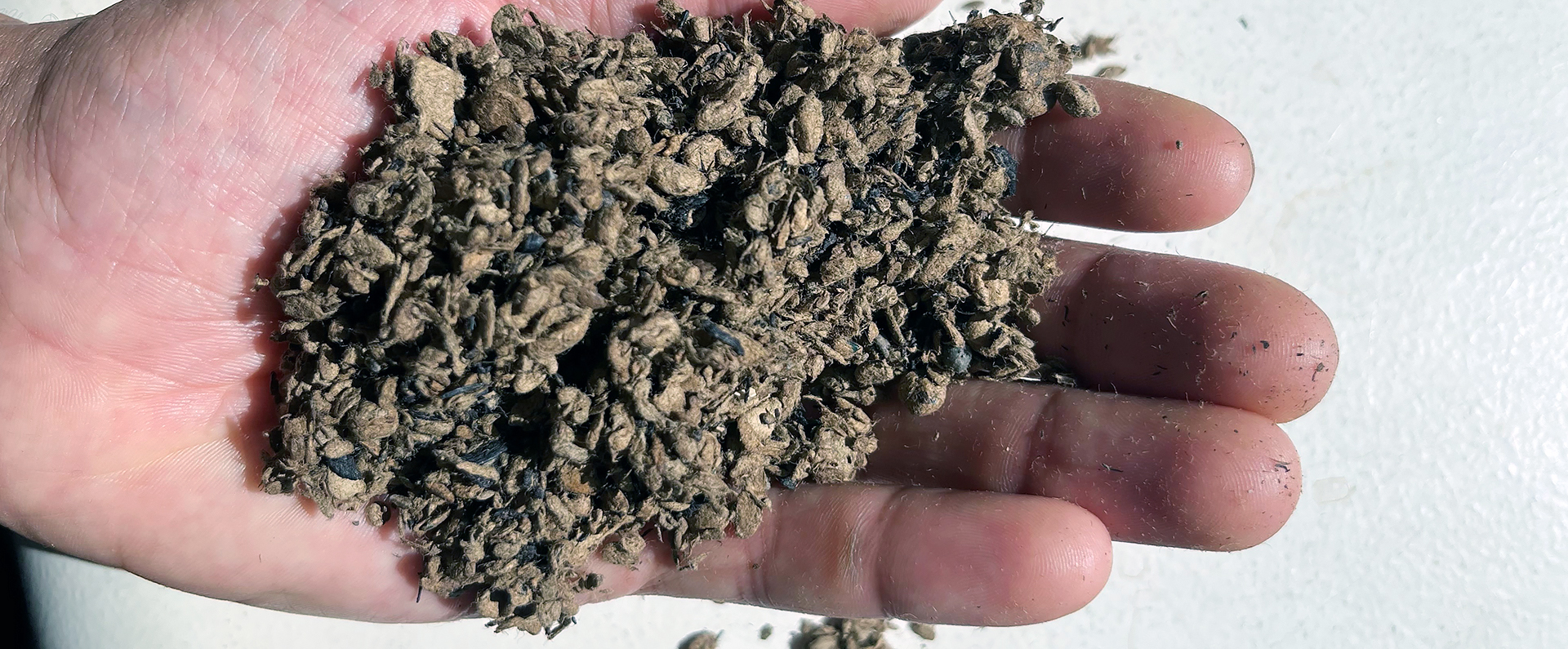
Turning Food into Fibers
ARS scientists have invented a new way to keep waste out of landfills, make consumer products safer, and reduce dangerous emissions – all at the same time.
Every year, tons of food waste from homes and farms ends up in landfills, where it turns into methane – a dangerous gas that is 84 times as powerful as carbon dioxide in its harmful effects on the climate. Now, ARS researchers have developed new uses for that waste material. Instead of heading to the landfill, it can be processed using an innovative technology that turns it into nanocellulose. This fluffy fiber can do everything from lining cardboard boxes to food packaging, and more! Even better, it could replace current packaging liner material, which often contains chemicals that are known to cause a variety of harms to human health. Read Bringing Your Food Full Circle to learn more.



